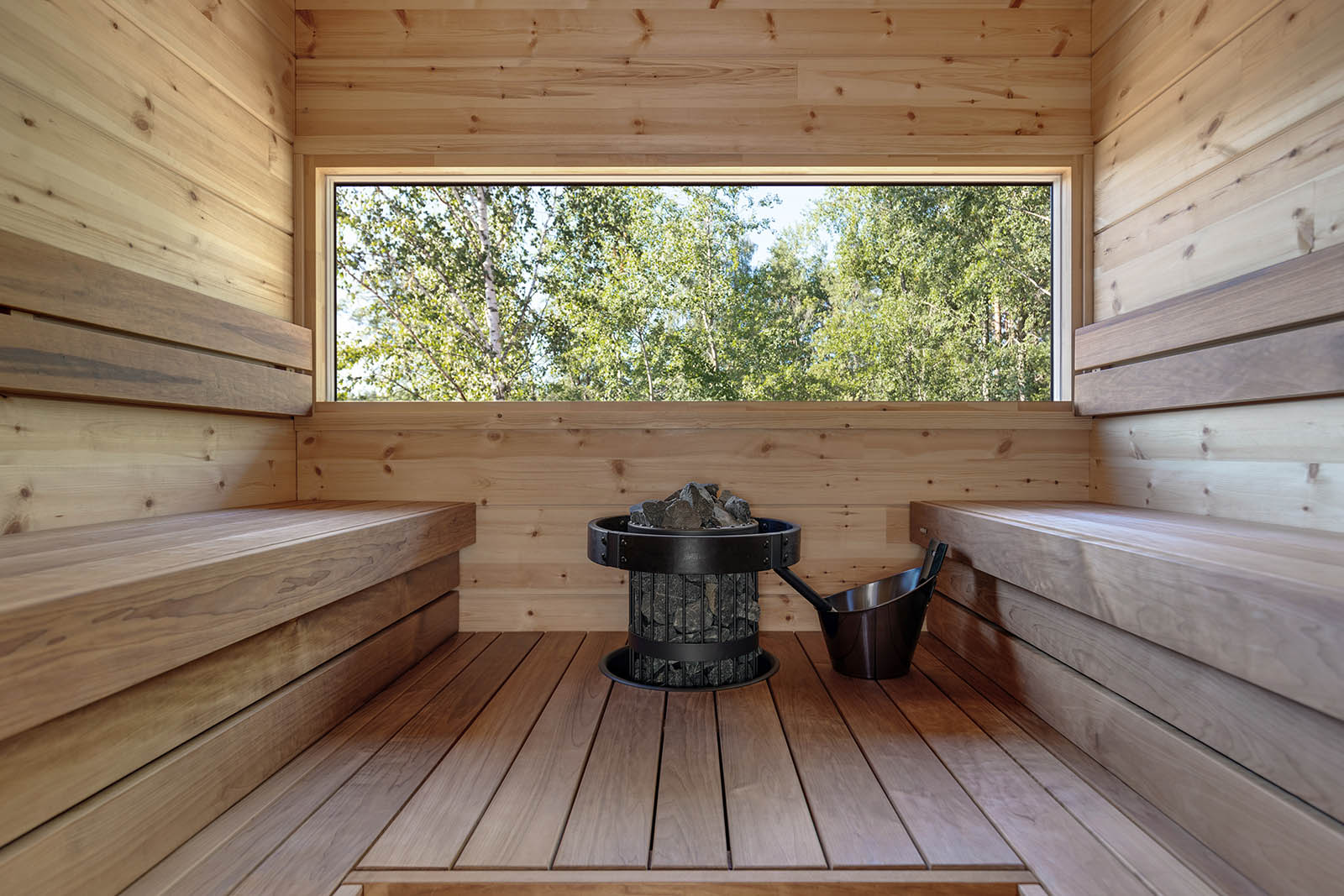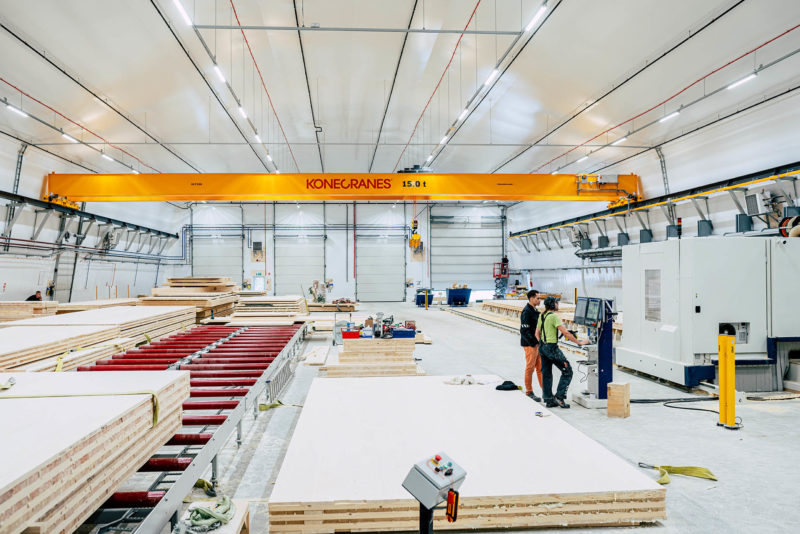
Finland’s new Building Act follows the example of European forerunners. Sweden’s example paves way to new potential for wood construction.
The new Building Act adopted by the Finnish Parliament in March introduces the statutory control of carbon levels in construction. In other words, a ceiling will be placed on emissions from new construction, setting the maximum size of the carbon footprint from the construction stage to the end of the life span.
The system is already in use in the Netherlands, France, Sweden and parts of Belgium. Norway and Denmark are likely to enact similar legislation in the near future. According to Matti Mikkola, Managing Director of the Federation of the Finnish Woodworking Industries, the new Building Act will increase low-carbon construction.
’The legislation on new construction will speed up climate and circular economy measures. We must bear in mind that the construction sector is one of the major sources of emissions,’ Mikkola says.
The new Building Act will enter into force at the start of 2025.
Mikkola points out that over one third of emissions in Finland are caused by the built environment. The construction industry consumes about one half of the virgin raw materials and generates one third of the waste in the country.

In Mikkola’s opinion, measures with a rapid impact are needed to reduce emissions from construction activity, since Finland aims at being carbon neutral by 2035. He continues that wood construction cuts down the direct emissions from construction by 30–40 percent.
The average period of use of residential buildings is 58 years, and that of other types of buildings 43 years. By proper care and maintenance, the actual period of use can be stretched to even hundreds of years. As wood construction gains ground in the future, it will increase the carbon storages in the construction sector.
’Long-lived wood products and wood construction are among the best means of achieving long-term and sustainable carbon storages. Wood construction slows down the circulation of carbon, that is, it keeps the carbon stored longer in a product and therefore excludes the corresponding amount of carbon dioxide from the atmosphere,’ Mikkola says.
No permit needed to build a sauna in your garden
In future, Finns will need no permit to build a shed or sauna of less than 30 sq. m in their garden, as long as it does not violate the building code, zoning regulations or the law governing construction near waterways. Buildings for residential use must still have a permit.
’Time will tell, but I believe that small, fully or largely prefabricated buildings will become more popular. This is what we’ve seen in Sweden since the famous Attefallshus revision in 2014,’ says Mikkola.
According to statistics from Sweden, the construction of single-family houses and outbuildings more than quadrupled in Sweden in seven years. The size of this market is estimated at SEK 3.6 thousand million (EUR 320 million).

The Attefallshus revision, named after the then Minister of Housing Stefan Attefall (Christian Democrat), made it possible for Swedes to put up an outbuilding of up to 30 sq. m, even for residential use.
’We believe that allowing certain types of wood construction without permit will increase construction activity in Finland. It’s the tradition to use wood for small outbuildings, such as sheds and saunas,’ Mikkola says.
Wood is the traditional construction material in Finland. Almost 90 percent of new small dwellings and practically all summer houses are made of wood.
Even if the requirement for permits is relaxed, some regulations must still be observed. The right to build defined for the plot may not be exceeded, and the local building code must be complied with.
Ambiguity in the Building Act?
The new Building Act has been criticised for being ambiguous. Many new provisions in the act will be defined in more detail later by a decree. One of the critics, the Rakli association that represents property owners and construction clients, points out that the actual impact of the act cannot yet be determined with any certainty, because of deficiencies in its impact assessment.
With the new act, all applications for building permits must be complemented by accounts of environmental impact and impact of materials. Henna Helander, the 2022 President of the Finnish Association of Architects SAFA told the Tekniikka & Talous magazine in autumn of 2022 that despite its good purpose, the act can be interpreted in several different ways.
’We don’t see any ambiguity in the act,’ says Mikkola.
’You need to remember that even the current act of 1999 is still being interpreted in different ways by building inspectors. It is precisely these differences that cause so many challenges to planning and industrial implementation. We believe that the new act will remove many of the ambiguities in the previous act,’ Mikkola says.’
Mikkola believes that the new act will further increase the interest in industrial wood construction among investors and construction clients. A steady increase in demand will enable a long-term development of production in the sector.
The need to design individual solutions for each site
is sometimes seen as a bottleneck in wood construction, as it increases the cost compared to, say, concrete. Mikkola hopes that the new act will encourage construction companies to invest in design work, which would increase the availability of standardized solutions in construction.
’Our message to Finland’s next government is that we must initiate a strategic programme for low-carbon industrial construction in Finland, which would support the implementation of the new acct. A programme like this would promote solutions for industrial construction and enable a productivity leap, and these are needed if Finland is to ensure affordable, low-carbon construction,’ Mikkola says.

One comment on “New Building Act promotes low-carbon activity”
/ Chidex
Undoubtedly, highly educating…